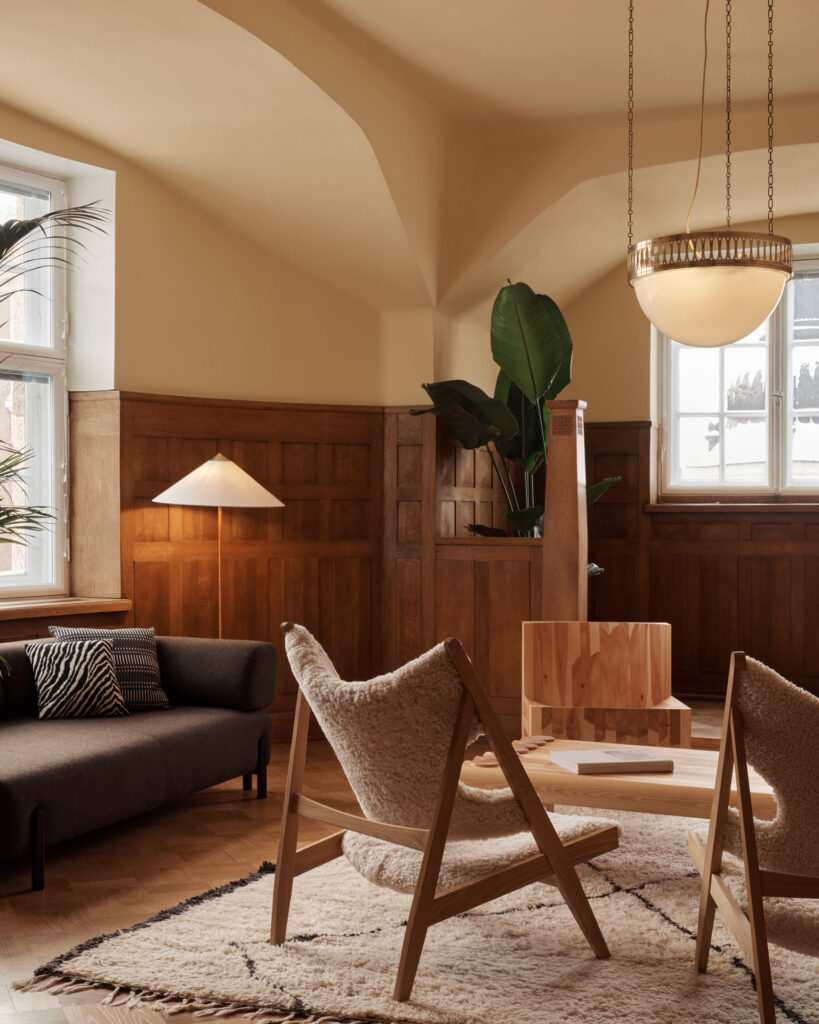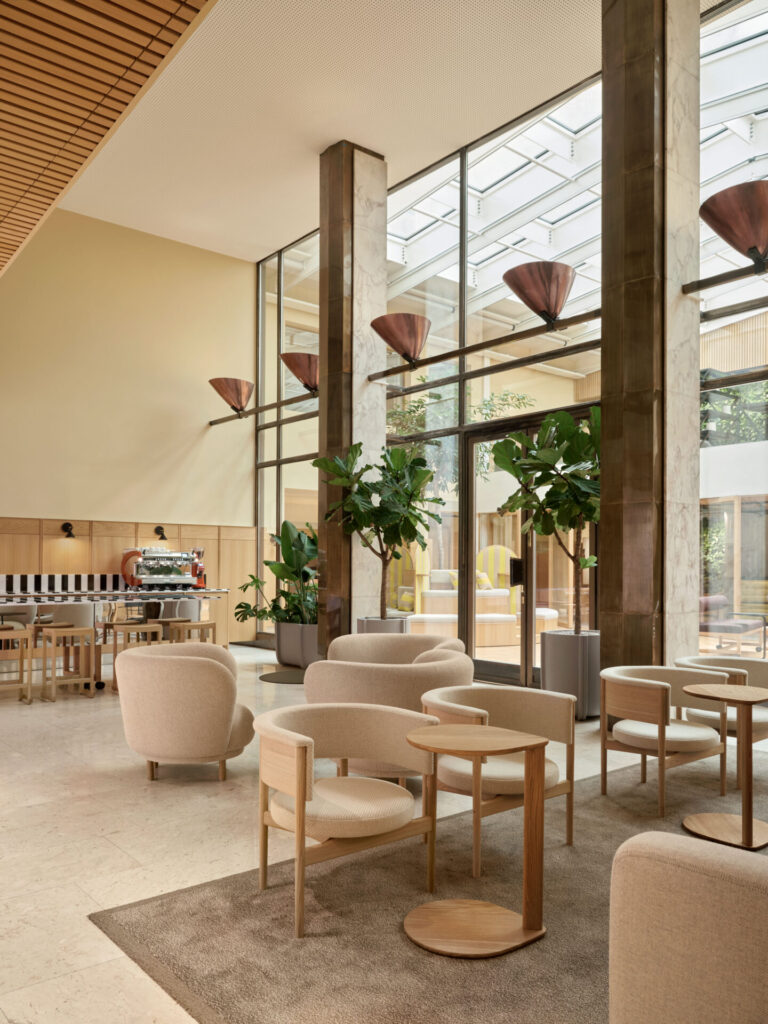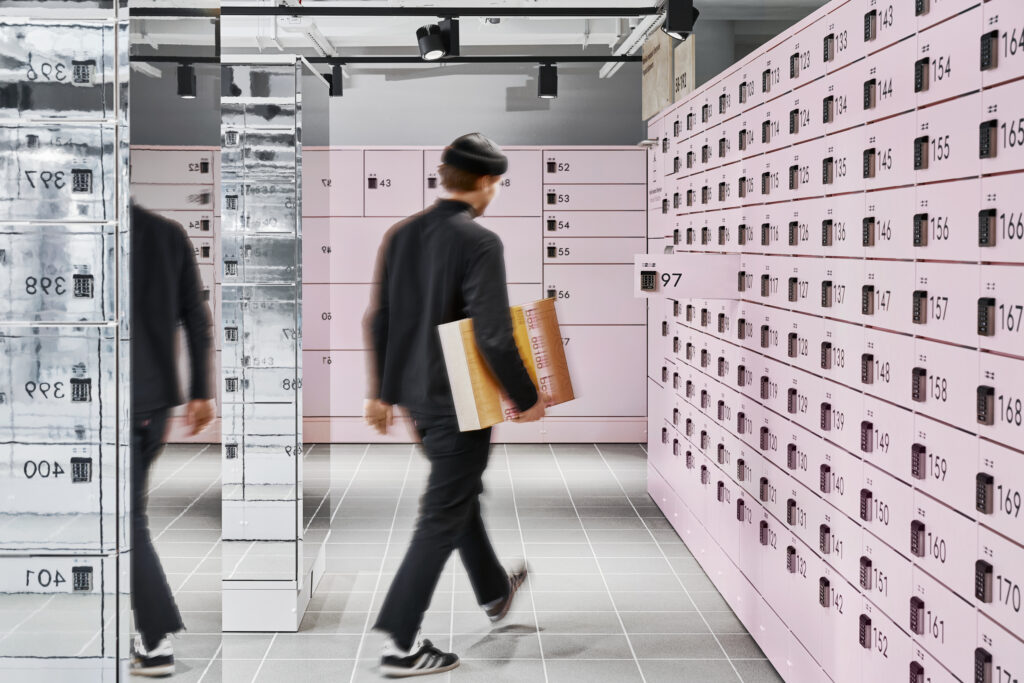
The 9 R’s in Interior Architecture
While the new Finnish Building Act brings long awaited regulations and sustainability tools for the construction industry, interior design is still for the most parts left beyond their reach. In the long run, the governmental controlling means will likely cover the material-intense field of interior design, but there is a need to look for ecology means elsewhere while waiting.
In the spring of 2023, Circular Design training program of the Finnish Ministry of the Environment trained experts from various fields according to circular design principles. With the program’s emphasis on product design, service providers are still left with on their own. Delightfully, practical sustainability tools are being developed also for interior designers. Materialisting, for example, has developed an enabling tool based on Environmental Product Declarations to especially meet the needs of the interior designers.

Implementing the R-Rule: A Framework for Circular Design
While the common indicators for sustainability are being developed, offers circular economy the best models for doing the daily work of an interior designer more sustainably. The R-rule, named after the re-prefixes, is a clear framework for circular economy and is based on the idea of roughly ranking the variety of circularity actions. The primary rule is to refuse of anything unnecessary. In ideal situation, projects with low ambition on carbon reduction and circular economy targets should be refused. Accustomed patterns of thought and action should also be questioned. For example, different models of the sharing economy can be utilized in space planning, and the leasing model is taking the field by storm.
Artificial intelligence will also provide thrilling possibilities for the rethink-strategy. The depletion of natural resources can be reduced through resource efficiency. As interior architects, we can approach this rule by asking if the wanted result can be achieved by doing less in terms of weight, quality, and quantity. The digitalization, accelerated by the covid pandemic, also opens opportunities for resource efficiency from multiple points of views, although it must be remembered that the digital technologies are not matter- nor energy-free solutions.

Prioritizing Circular Economy Principles in Interior Design
The final R strategies related to the utilization of the material often require industrial processes. From an interior architect’s perspective, these strategies are strongly emphasized in common discussion and when choosing materials. Repurposed and recycled materials are, for example, self-evident options for textiles. What is concerning, is that the emphasis lies heavily on these last in order strategies, which flips the order of the R-rule around. This must quickly be switched to match the ideal order of the model. The value of many commonly used interior materials decrease during the recycling processes, and in the absence of practical models and processes, the “100% recyclable”-labelled materials are often actually being recovered into energy through burning. How the EU directive on Green Claims takes the recyclability claims into account remains to be seen.
Interior architects and designers play a key role in the circular economy transition. The most influential change starts between the ears and is transformed into smarter ways of production and use of materials through the designers’ work. The circular economy of the built environment can be further improved by enhancing the flow of information between the different stakeholders and within the field by the practitioners. Circular economy requires services, training, innovations, change of attitude and seamless co-operation across industry boundaries.
For sustainability issues, please contact our sustainability coordinator Sisko Anttalainen: sisko.anttalainen@fyra.fi, tel. +358 40 7482554.








